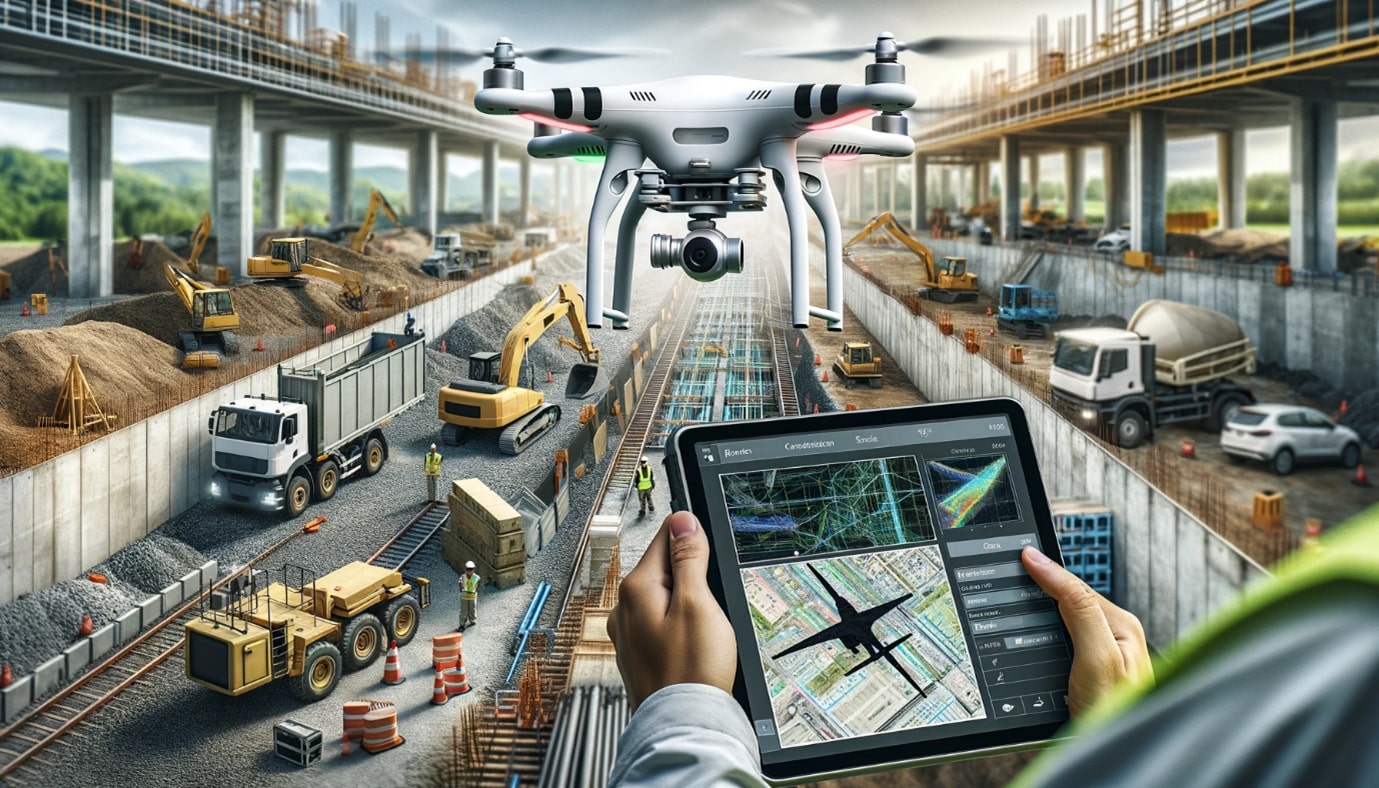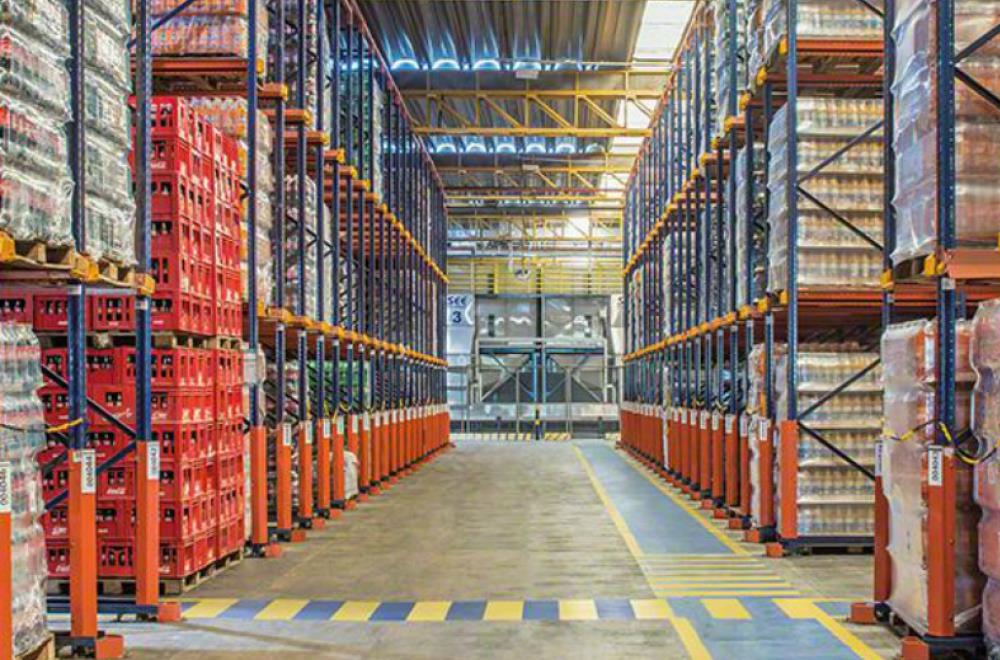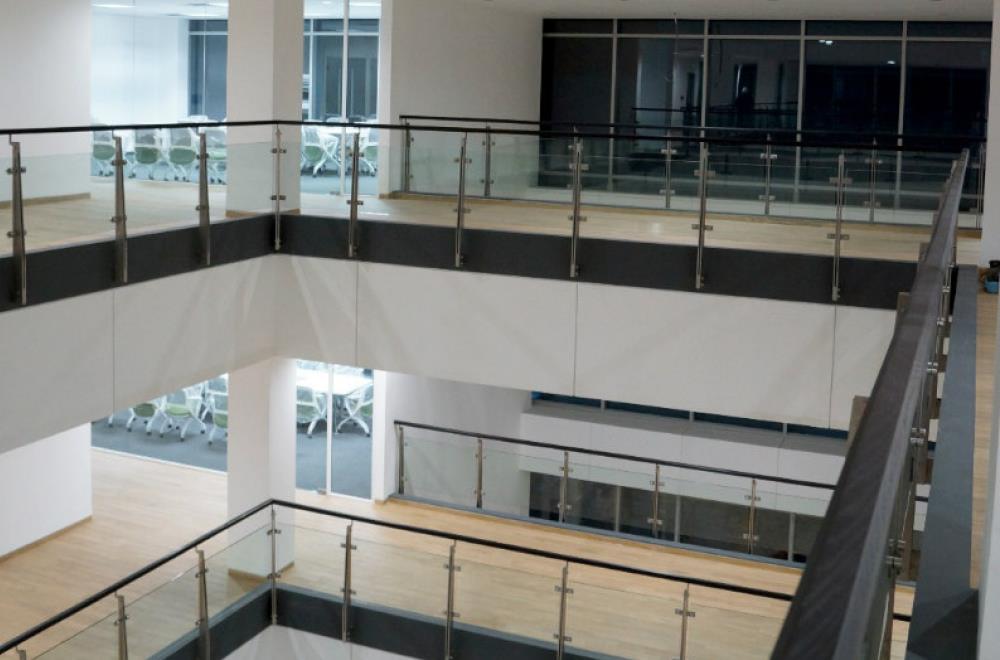
The construction industry is undergoing a technological revolution, with drones at the forefront of this transformation. Unmanned aerial vehicles (UAVs) are now pivotal in construction projects, boosting efficiency, enhancing safety, and delivering precise information. This blog examines the impact of drones on the construction landscape and the significant benefits they bring.
Traditional surveying and site inspections are time-intensive and often risky. Drones revolutionize these tasks by completing them more quickly and providing detailed, accurate data. Equipped with high-resolution cameras and advanced sensors, drones can generate 3D maps, conduct topographic surveys, and monitor site conditions efficiently. This not only accelerates the surveying process but also enhances data accuracy, leading to informed decision-making across construction projects.
Drones offer real-time, actionable data crucial for effective project management. Regular drone flights over construction sites monitor progress and adherence to timelines and budgets. The aerial imagery and footage captured help managers track work, optimize resource allocation, and spot potential issues early. This consistent information flow improves transparency and keeps all project stakeholders informed.
Construction sites pose numerous hazards, particularly during structural inspections or when handling hazardous materials. Drones minimize the need for human involvement in dangerous areas, reducing accident risks and enhancing site safety. By utilizing drones for these inspections, construction firms can significantly improve the safety of their operations.
Drone-collected visual data is easy to share and accessible to all project stakeholders, enhancing communication and collaboration. This is especially beneficial for teams spread across locations, including architects, engineers, and project managers. Aerial visuals aid in discussing complex issues, reviewing project progress, and making decisions collaboratively, which is vital for successful construction management.
Beyond operational uses, drones provide significant marketing and client communication advantages. High-quality aerial videos and time-lapse footage of construction progress serve as compelling marketing tools and can effectively showcase a construction firm's capabilities. Additionally, these visuals offer a dynamic way to update clients and highlight project milestones, enhancing transparency and client engagement.
As drone technology advances, its potential in construction continues to expand. Future enhancements may include greater autonomous capabilities, deeper AI integration for data analysis, and larger payload capacities. These innovations will further solidify drones' role as a fundamental technology in modern construction practices.
Drones are reshaping the construction industry, offering swift data gathering, enhanced project monitoring, and improved safety measures. As construction firms increasingly adopt this technology, the future of the industry looks innovative and promising.




